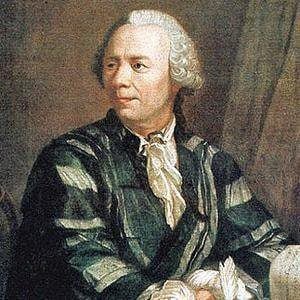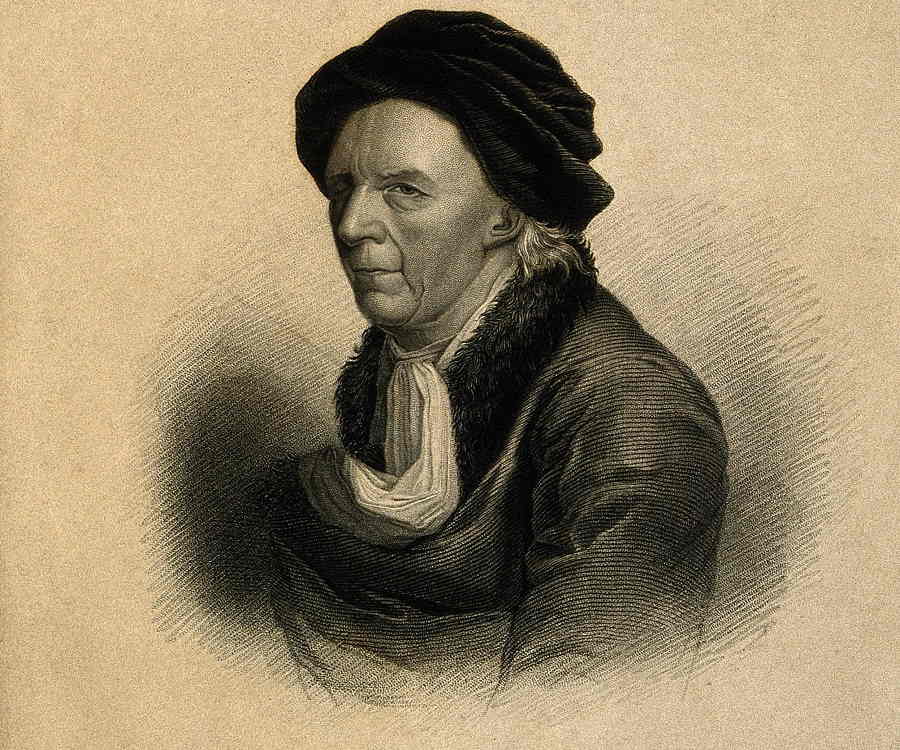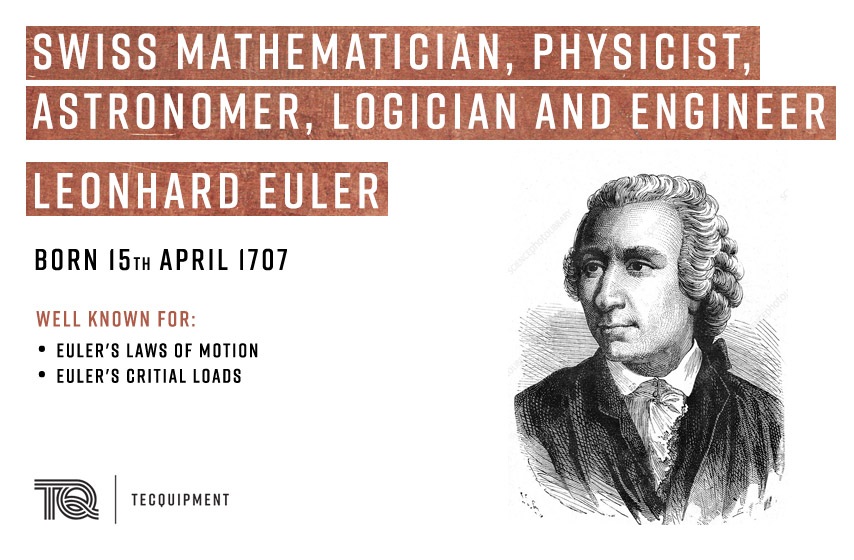
This property will help us understand the reasoning behind Euler’s Identity. Additionally, complex numbers (and their cousins, the hyper complex numbers) have a property that makes them especially useful for studying computer graphics, robotics, navigation, flight dynamics, and orbital mechanics: multiplying them together causes them to rotate. Complex numbers appear in a multitude of applications such as wave mechanics (a study within quantum mechanics) and design of circuits that use alternating current (a common practice in electrical engineering). According to the USNA, in mechanics, there are "Euler angles (to specify the orientation of a rigid body), Euler's theorem (that every rotation has an axis), Euler's equations for motion of fluids, and the Euler-Lagrange equation (that comes from calculus of variations)." Multiplying complex numbersĮuler’s Identity stems naturally from interactions of complex numbers which are numbers composed of two pieces: a real number and an imaginary number an example is 4+3 i. Petersburg Academy continued publishing his work posthumously for more than 30 years.Įuler's important contributions include Euler's Formula and Euler's Theorem, both of which can mean different things depending on the context. Much of his output came during the last two decades of his life, when he was totally blind. Naval Academy (USNA), with 886 papers and books published. He was one of the most prolific mathematicians of all time, according to the U.S. Leonhard Euler was an 18th-century Swiss-born mathematician who developed many concepts that are integral to modern mathematics. The letter i is therefore used as a sort of stand-in to mark places where this was done. But in math, there are many situations where one is forced to take the square root of a negative. The most fundamental of the imaginary numbers, so called because, in reality, no number can be multiplied by itself to produce a negative number (and, therefore, negative numbers have no real square roots). The number i, defined as the square root of negative one: √(-1).

The number e pervades math, appearing seemingly from nowhere in a vast number of important equations. It is the base of natural logarithms that arises naturally through study of compound interest and calculus.


Mechanica, sive motus scientia analytice expasita (St Petersburg, 1736, in 2 vols.Dissertatio physica de sono (Dissertation on the physics of sound) (Basel, 1727, in quarto).The works which Euler published separately are: This part of his work, however did not receive wide attention and was once described as too mathematical for musicians and too musical for mathematicians. In 1739 he wrote the Tentamen novae theoriae musicae, hoping to eventually integrate music theory as part of mathematics.

One of Euler's more unusual interests was the application of mathematical ideas in music. He discovered what is now known as Euler's formula, that for any real number φ A geometric interpretation of Euler's formulaĮuler made important contributions to complex analysis.


 0 kommentar(er)
0 kommentar(er)
